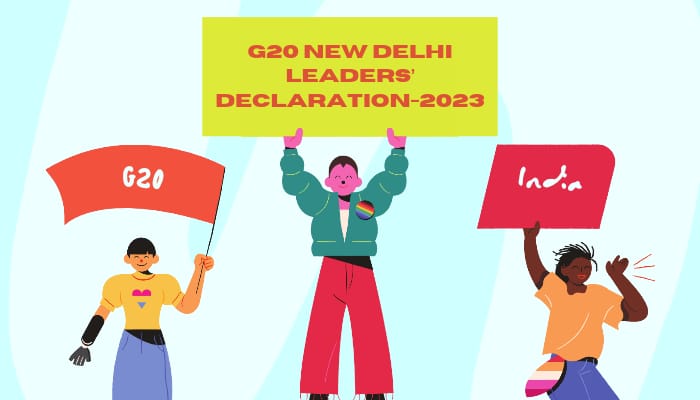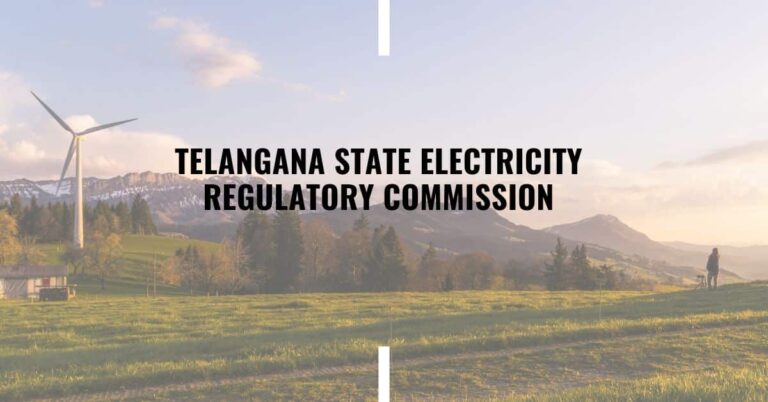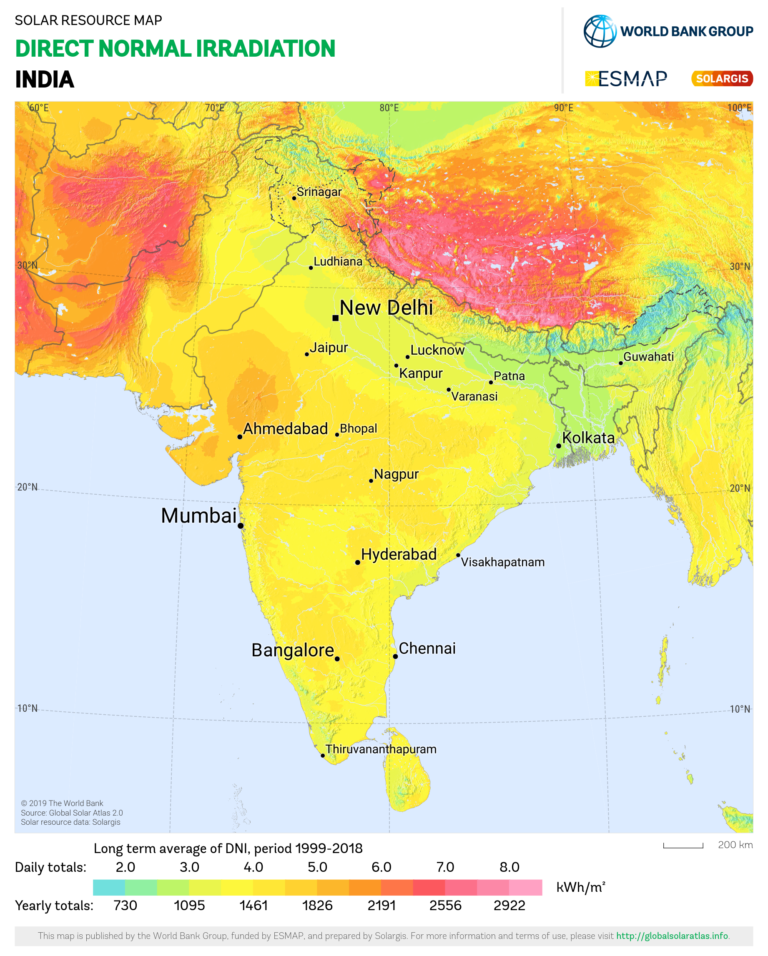
The Government of India is committed to a significant transition to clean energy in the power sector. This is aligned with its Nationally Determined Contributions, targeting 50% of the country\’s cumulative electric power capacity from non-fossil fuel-based resources by 2030. The state of Gujarat plays a crucial role in this national mission, already boasting 20 GW of renewable capacity, of which 11 GW was added in the past four years.
To further this commitment, the Government of Gujarat has introduced the Renewable Energy Policy-2023. This policy specifically targets the development of wind, solar, and wind-solar hybrid technologies, aiming to streamline the project development framework and attract investments. The goal is to achieve 100 GW of renewable energy by 2030 with an expected investment of around Rs. 5 lakh crores. The plan involves utilizing approximately 400,000 acres of land.
Wind and solar technologies have reached economies of scale, and the policy aims to leverage Gujarat\’s solar capacity potential of 36 GW and wind capacity of 143 GW. One key strategy is to integrate wind and solar energies to optimize resource utilization, thereby providing cost-effective and reliable power. The policy also aims to achieve energy security, sustainable development, and to reduce carbon footprints.
The policy outlines its vision in five key areas:
- Maximizing the state\’s renewable energy potential.
- Encouraging diverse stakeholders like industries, MSMEs, and consumers to participate.
- Accelerating transition to clean energy to meet Sustainable Development Goals.
- Providing reliable, quality, and cost-competitive renewable power through a conducive policy framework.
- Achieving the target of 100 GW renewable capacity by 2030.
Objectives of the policy include tapping into available Renewable Energy (RE) resources, reducing dependency on fossil fuels, supplying daytime power to agricultural consumers, and promoting decentralized generation, among others.
The policy, which comes into effect from the date of its notification, will be in operation until June 2028 or until a new policy is introduced. Renewable Energy projects commissioned during this period will enjoy benefits and incentives for 25 years or the lifespan of the project, whichever is shorter.
Eligibility for participation is wide-ranging, encompassing individuals, companies, associations, and even artificial juridical persons. Projects can be set up for captive use or for selling electricity to third parties or distribution licensees. There are no capacity restrictions for such projects.
Various forms of solar projects, including ground-mounted, rooftop, floating, and canal top, are covered under the policy. Incentives exist for such projects based on net or gross metering arrangements. For wind projects, both small-scale and large-scale projects can be installed on rooftops or land, and can be used for self-consumption or sold to distribution companies.
Overall, the Gujarat Renewable Energy Policy-2023 is a comprehensive framework that aims to accelerate the adoption of clean energy in the state. It seeks to attract a wide range of participants, provide a conducive environment for investment, promote sustainable practices, and make a significant contribution to India\’s national clean energy goals.
Wind-Solar Hybrid Projects
The document champions \’hybridization\’ of wind and solar energy, stating they\’re complimentary. This minimises variability and maximises infrastructure use. It adheres to the National Wind-solar Hybrid Policy and allows for amendments.
There are two categories of hybrid projects:
Type-A Projects:
Involves conversion of existing or under-construction wind or solar plants into hybrid projects. Only AC integration is allowed, and the output from both sources should be metered separately.
Type-B Projects:
New hybrid projects that are not registered with the concerned authorities. Like Type-A, they also rely on AC integration and separate metering.
Special Conditions for Hybrid Projects
The total power injected into the grid shouldn\’t exceed transmission or grid capacity.
Power output from wind and solar must be measured separately and developers need to work with transmission utility companies (GETCO/STU) for any required augmentations.
Renewable Energy Parks
Aiming to develop RE parks of a minimum 50 MW capacity, the document allows different kinds of developers including state and central government agencies or joint ventures.
REC Mechanism
Projects may be set up under the REC mechanism for captive use or third-party sale, adhering to the relevant regulations.
Energy Settlement and Banking
Outlines regulations for energy accounting and banking, including special clauses for rooftop solar projects. Charges for energy banking and energy settlement procedures are clarified, including peak hour charges.
Grid Charges
Stipulates the charges and losses for utilizing state transmission/distribution network for wheeling of power. It also mentions conditions under which cross-subsidy surcharge and additional surcharge will or will not apply.
Procurement Methods
Competitive Bidding: For RE projects under competitive bidding, DISCOMs may purchase power to benefit consumers by lowering overall costs. The PPAs govern the terms and conditions.
Type-A Hybrid Projects:
Power is procured from existing and new wind or solar capacities based on PPAs and tariffs discovered via competitive bidding respectively.
Exemptions: For RE projects exempted from competitive bidding, special conditions apply:
- Solar: Up to 4 MW can be procured at pre-fixed levelized tariffs.
- Wind: Up to 25 MW can be procured at pre-fixed levelized tariffs.
Security Deposits
With PPA: A Bank Guarantee is required as per the terms and conditions of the bid, government schemes, or MNRE guidelines.
Without PPA: A Bank Guarantee of Rs. 5 lakh per MW is required at the time of signing the PPA.
Bank Guarantees are refunded if the project achieves commercial operation within the stipulated time; otherwise, they are forfeited.
Grid Connectivity
The guidelines stress the importance of grid stability and detail technical standards and interconnection voltages. Evacuation facilities within and outside RE parks are outlined, with the emphasis on optimising costs and resources.
Penalties
For projects not meeting commissioning timelines, penalties like long-term transmission charges and potential cancellation of capacity allotment are specified.
Other Provisions
Electricity Duty: Governed by the Gujarat Electricity Duty Act 1958.
Green Tariff: An option for consumers to shift to 100% renewable energy at tariffs determined by GERC.
Startup and Standby Power: Governed by relevant GERC regulations.
Metering and Data Monitoring
All parties must adhere to applicable metering regulations by authorities like GERC and CEA. RE projects must include metering points and interconnection points at designated substations. The metering systems need to comply with the Central Electricity Authority Regulations 2014, and they must include an ABT compliant meter, check meter, and standby meter. Projects should also install a Remote Terminal Unit (RTU) for real-time data monitoring.
Energy Transmission and Accounting
ISTS-connected RE projects are governed by central regulations, and guidelines for scheduling and forecasting are determined by GERC and CERC. Operations and maintenance of the dedicated evacuation line are the responsibility of the RE developers.
Project Implementation
GUVNL serves as the key implementing agency, while GEDA acts as the State Nodal Agency (SNA) responsible for project registration, accreditation, and certification. A single-window web system will be developed to streamline the registration process.
Technical Standards
Only new plants and machinery can be installed, and they must meet specific government-approved standards. There are also provisions to promote the installation of prototype Wind Turbine Generators (WTGs).
Land Allocation
RE projects can be set up on private or state-allotted land according to prevailing policies.
Repowering of Wind Projects
There is an emphasis on modernising existing wind projects by replacing old turbines with more efficient models. Developers are given specific timelines to undertake repowering based on the age of the project and its agreements.
Carbon Credits and Regulatory Compliance
RE projects are eligible for carbon credits, the benefits of which may be retained or passed on to the DISCOM depending on the project type. The Gujarat Electricity Regulatory Commission is expected to align its regulations with this policy.
Policy Reviews and Grandfathering
The State Government reserves the right to conduct mid-term reviews of the policy. Projects already registered will continue to receive the benefits stipulated at the time of their registration.
Power to Remove Difficulties
The Energy and Petrochemicals Department has the authority to amend, review, or interpret any policy provisions to resolve implementation issues.
In summary, the policy aims to streamline the RE sector, encouraging growth through clear regulations, responsible metering, and strategic development. It places significant responsibilities on various governing bodies like GUVNL, GEDA, and GERC to oversee, facilitate, and enforce these guidelines.



